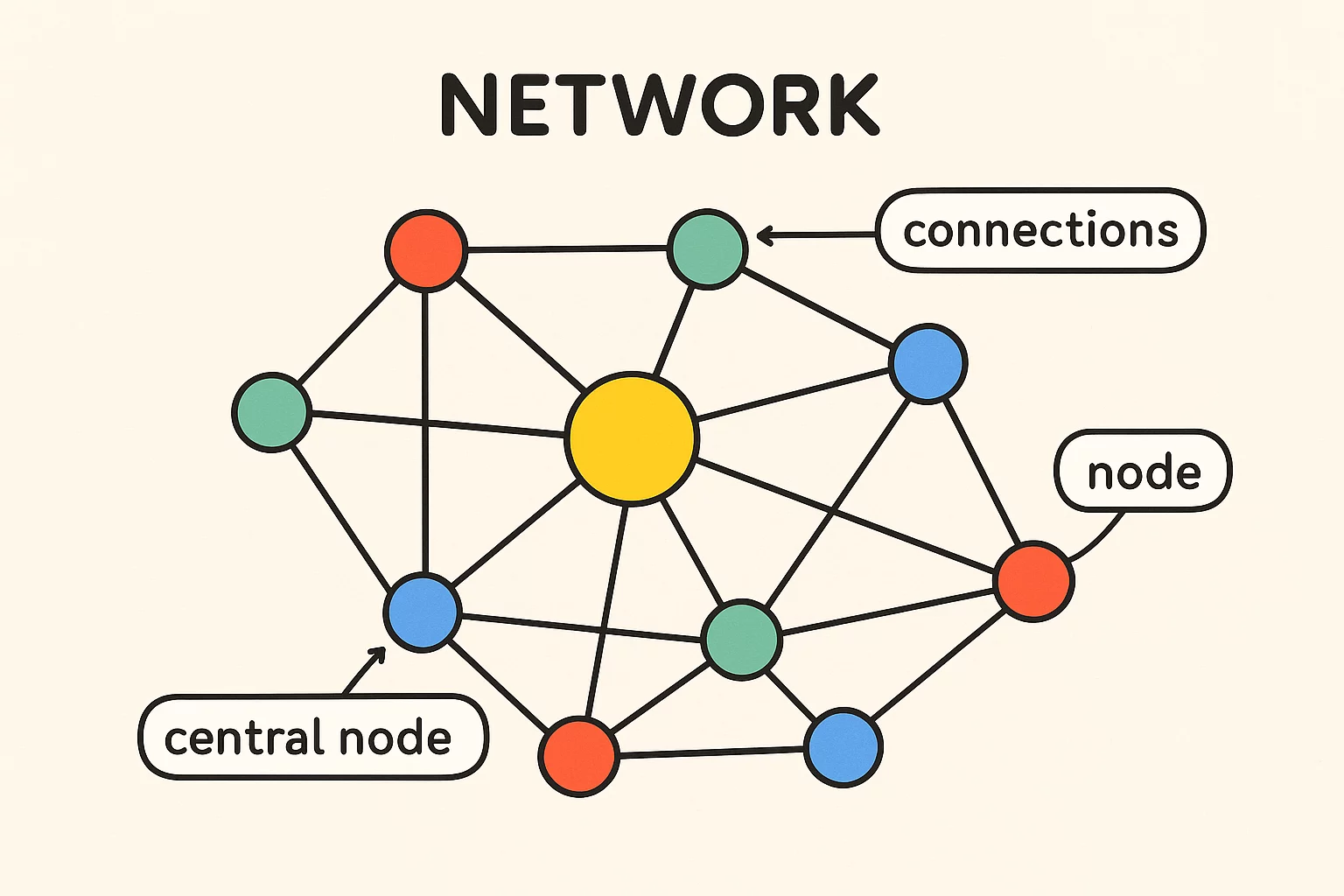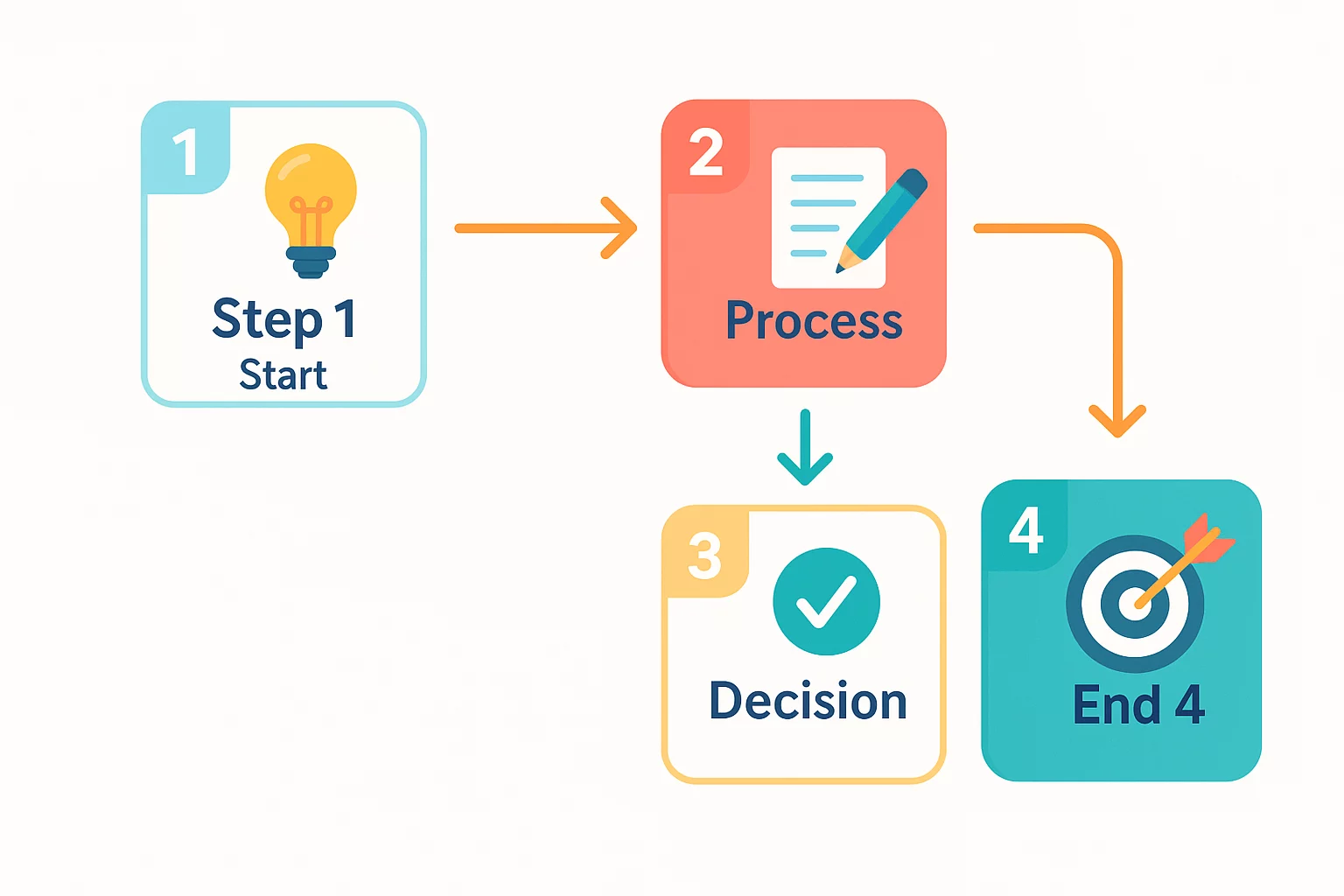For decades, a factory’s image was defined by speed and volume. The goal was simple: produce more, faster. In the early days of solar module manufacturing, that logic prevailed. But today, a fundamental shift in solar cell technology has changed the rules. As the industry moves toward ultra-high-efficiency cells like PERC, TOPCon, and HJT, the focus has shifted from speed alone to precision.
The most advanced solar cells are not only more powerful but also far more delicate. For entrepreneurs and investors planning to enter the solar manufacturing space, understanding this change is the first step toward building a successful, future-proof operation. It’s a shift that has turned automation from a luxury into an absolute necessity.
The New Generation of Solar Cells
The solar industry has seen a rapid evolution from older Al-BSF (Aluminum Back Surface Field) cells to today’s dominant technologies. This progress is driven by the global demand for higher energy output from smaller areas.
-
PERC (Passivated Emitter and Rear Cell): For years, PERC has been the industry standard, offering significant efficiency gains over its predecessors.
-
TOPCon (Tunnel Oxide Passivated Contact): As the next evolutionary step, TOPCon technology is projected to capture over 50% of the market share by 2024, pushing efficiencies even higher.
-
HJT (Heterojunction Technology): HJT offers some of the highest efficiencies and best performance in high-temperature conditions, with its market share expected to grow steadily in the coming years.
While these advanced technologies produce more power, they do so through more complex structures and thinner silicon wafers. This complexity introduces a critical trade-off: the cells themselves are extremely sensitive to the manufacturing process.

The Manufacturing Challenge: A Matter of Precision
Older, thicker solar cells were more forgiving, and manual or semi-automated handling was often sufficient. For today’s TOPCon and HJT cells, however, even the slightest deviation can lead to invisible damage that compromises performance, reliability, and the module’s lifespan.
Key Sensitivities of Modern Cells:
-
Micro-Cracks
Thinner n-type wafers used in TOPCon and HJT cells are highly susceptible to micro-cracks from mechanical stress. These tiny fractures, often invisible to the naked eye, reduce power output and can become critical failure points over time. Manual handling, no matter how careful, introduces unacceptable levels of variability and risk. -
Contamination
The surfaces of these cells are engineered at a microscopic level. Contamination from human touch, dust, or microscopic debris can inhibit performance and create long-term degradation issues. An automated, controlled environment is the only way to ensure purity. -
Process Control
High-efficiency cells require exacting temperature and pressure controls during key stages like soldering (stringing) and lamination. Automation ensures every cell is treated identically, eliminating the inconsistencies inherent in manual processes.
Any of these issues can lead to a lower yield of top-grade modules, directly impacting a factory’s profitability and reputation.
Automation: The Foundation of Quality and Yield
In a modern solar factory, automation isn’t primarily about replacing human labor—it’s about performing tasks with a level of precision and consistency that humans cannot match. It safeguards the quality and value embedded in each high-efficiency cell.

By integrating advanced automation into turnkey production lines, you replace approximation with precision.
-
Consistent Handling: Robotic arms use carefully calibrated pressure and grip to handle delicate cells, minimizing mechanical stress and virtually eliminating the risk of micro-cracks.
-
Error-Free Processes: Automated systems follow programmed parameters with flawless consistency, ensuring uniform quality across every single module, from the first of the day to the last.
-
Increased Yield: By minimizing breakage and contamination, automation directly increases your material yield. Research shows that highly automated lines consistently achieve higher outputs of Grade-A modules—the single most important factor for operational profitability.
This level of control is what separates a struggling factory from a highly successful and respected one. It transforms the manufacturing process from a potential liability into a competitive advantage.
The Business Case for Automation
For an investor, the decision to commit to a high degree of automation is not just a technical choice—it is a sound financial one.
It significantly reduces operational expenditure (OPEX) by minimizing cell breakage and the need for extensive manual quality checks. At the same time, the consistent output of high-quality modules builds a strong brand reputation and ensures customer satisfaction.
Most importantly, a modern, highly automated factory is seen as a lower-risk, more reliable investment. Financial institutions and insurance companies value the predictability and quality assurance that automation provides, making the entire project more bankable. You are not just building a factory; you are building a stable, predictable, and profitable asset.
Frequently Asked Questions
What is the main difference between PERC, TOPCon, and HJT cells?
Each technology is a step forward in converting sunlight into electricity more efficiently. PERC added a layer to capture more light. TOPCon and HJT use more advanced layering and n-type silicon wafers for even higher efficiencies and better performance, especially in hot climates.
Is full automation always necessary for a new factory?
For manufacturing high-efficiency cells like TOPCon and HJT, a high degree of automation is essential to be competitive and profitable. For standard PERC lines, a balanced approach may be possible, but the industry trend is clear: automation is the future.
How does automation affect the initial investment cost?
An automated line requires a higher initial capital investment. However, this cost is typically recovered through lower operating costs, much higher material yield from less waste, and superior product quality, leading to greater long-term profitability.
Can an older factory be upgraded with more automation?
Yes, it is often possible to upgrade existing lines with modern automation for specific steps like cell handling and stringing. This can be a practical way to improve the quality and yield of an older facility.
Building for the Future
The journey to a successful solar module factory begins with understanding the technologies that define the industry’s future. High-efficiency cells have unlocked new levels of performance, but they demand a manufacturing environment built on precision, consistency, and control.
Automation is the tool that makes this possible. By embracing it, you not only protect your investment from the risks of manual error but also position your business to produce the world-class solar modules the market demands.

Ready to build a future-proof solar manufacturing facility? Contact our experts to discuss how a turnkey automated line can secure your investment and maximize profitability.
